fact
.svg)
Sitting on Water
During my thirty years living on the waterfront of British Columbia, I have always had some sort of container in which to sit on the water. My first boat was a ten-foot dinghy that my late husband John Daly, a commercial salmon troller, equipped with a small electric motor to surprise me. He had the bizarre idea that I, a sometime canoeist from Ohio, could manoeuvre a boat on my own around our capacious Pacific coast harbour. The electric engine would be ideal for me, he thought. No rope to pull to start it up! No gasoline tank on board!

Evictions
When Malcolm Lowry’s shack on the beach at Dollarton, B.C., burned to the ground in 1944, he and his wife Marjorie were able to save the manuscript of only one of the novels that he was working on at the time. A few months later the same manuscript had to be rescued again when the house that friends found for them in Oakville, Ontario, also burned to the ground.

Re-hanging the National Wallpaper
When I lived in Ottawa in the 1970s, I used to enjoy passing lazy afternoons at the National Gallery looking at the pictures. I remember how surprised I was when I first encountered the Group of Seven collection. These paintings were completely familiar—I’d seen them in schoolbooks and on calendars, posters, t-shirts, everywhere—yet at the same time they were completely unexpected.

Trickster Makes This World: Mischief, Myth and Art
Lewis Hyde’s Trickster Makes This World: Mischief, Myth and Art (North Point Press) is a wonderful book of old stories about Hermes in Greece, Raven and Coyote in North America, Krishna in India and Eshu in West Africa, and new stories about Picasso,

Transitions of a Still Life: Ceramic Work by Tam Irving
To reach a higher level, one must be both talented and brave, much like Tam Irving, one of Canada’s leading ceramic artists, whose life with clay is examined in Transitions of a Still Life: Ceramic Work by Tam Irving, by Carol E. Mayer (Anvil Press).




















.svg)













.jpeg)






























.jpeg)






















.jpg)
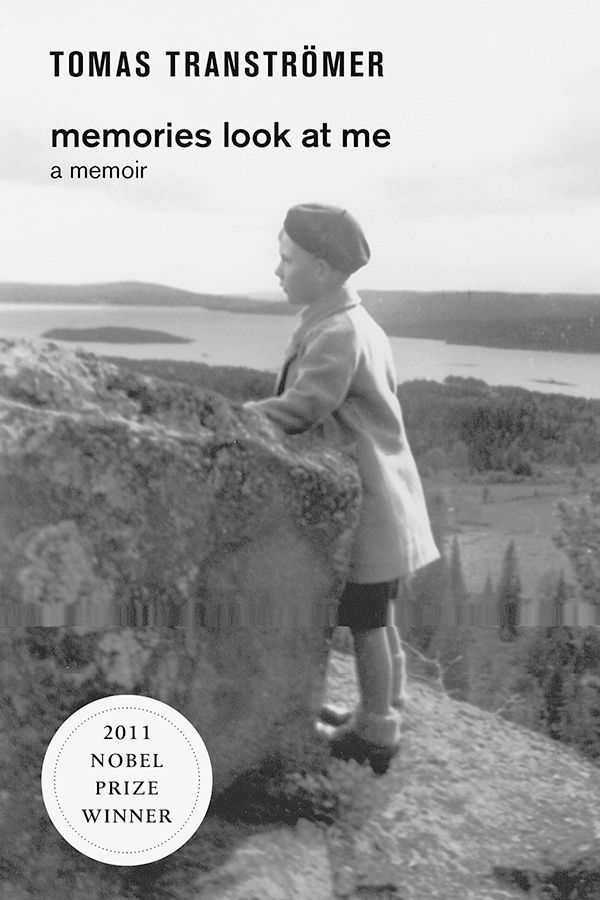
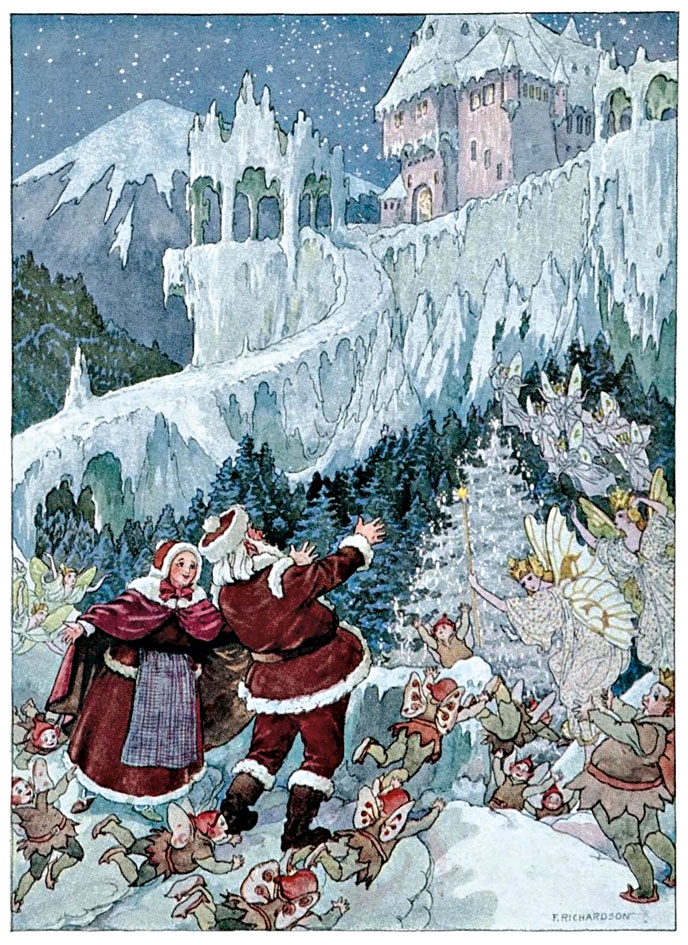
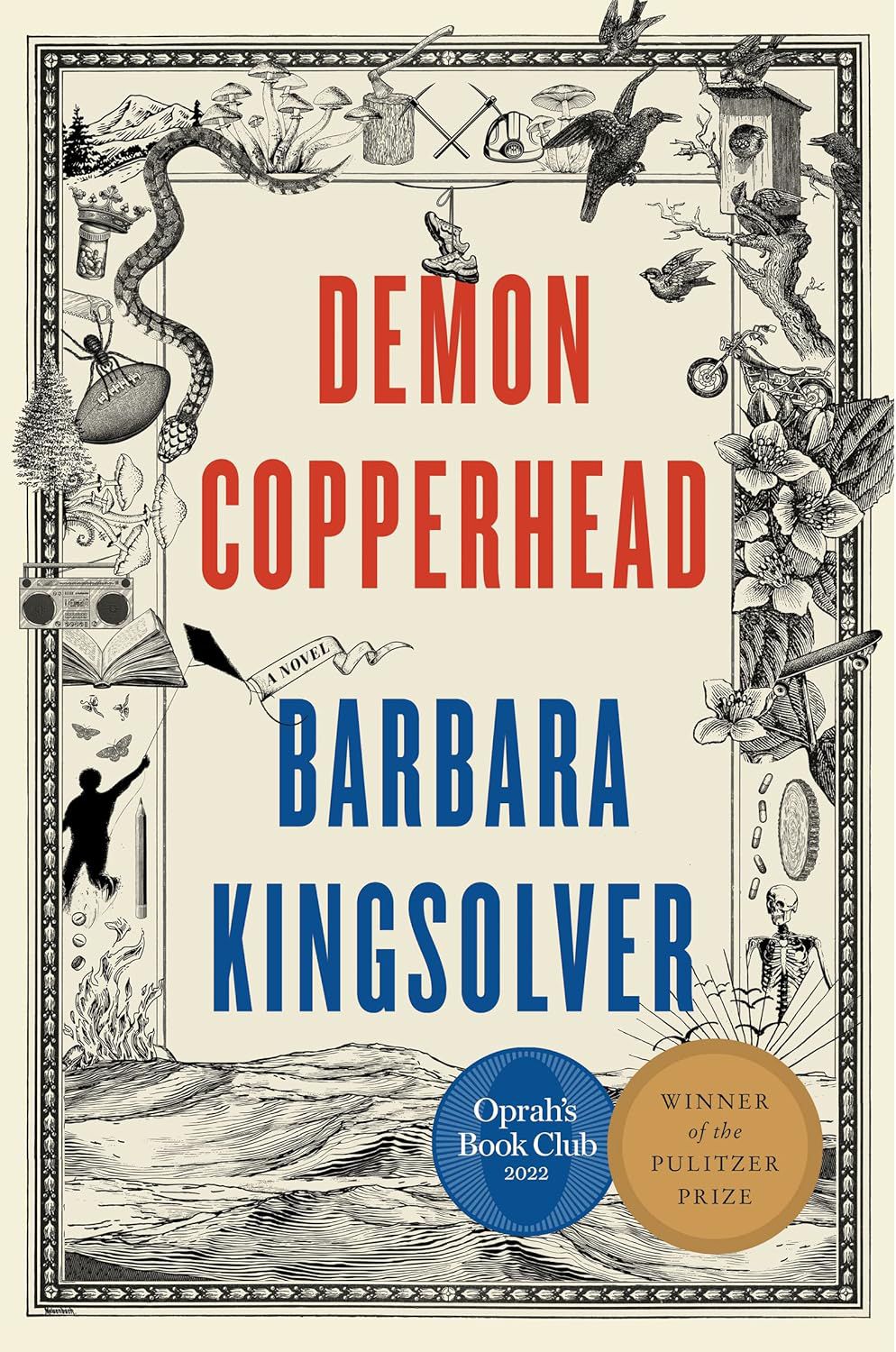



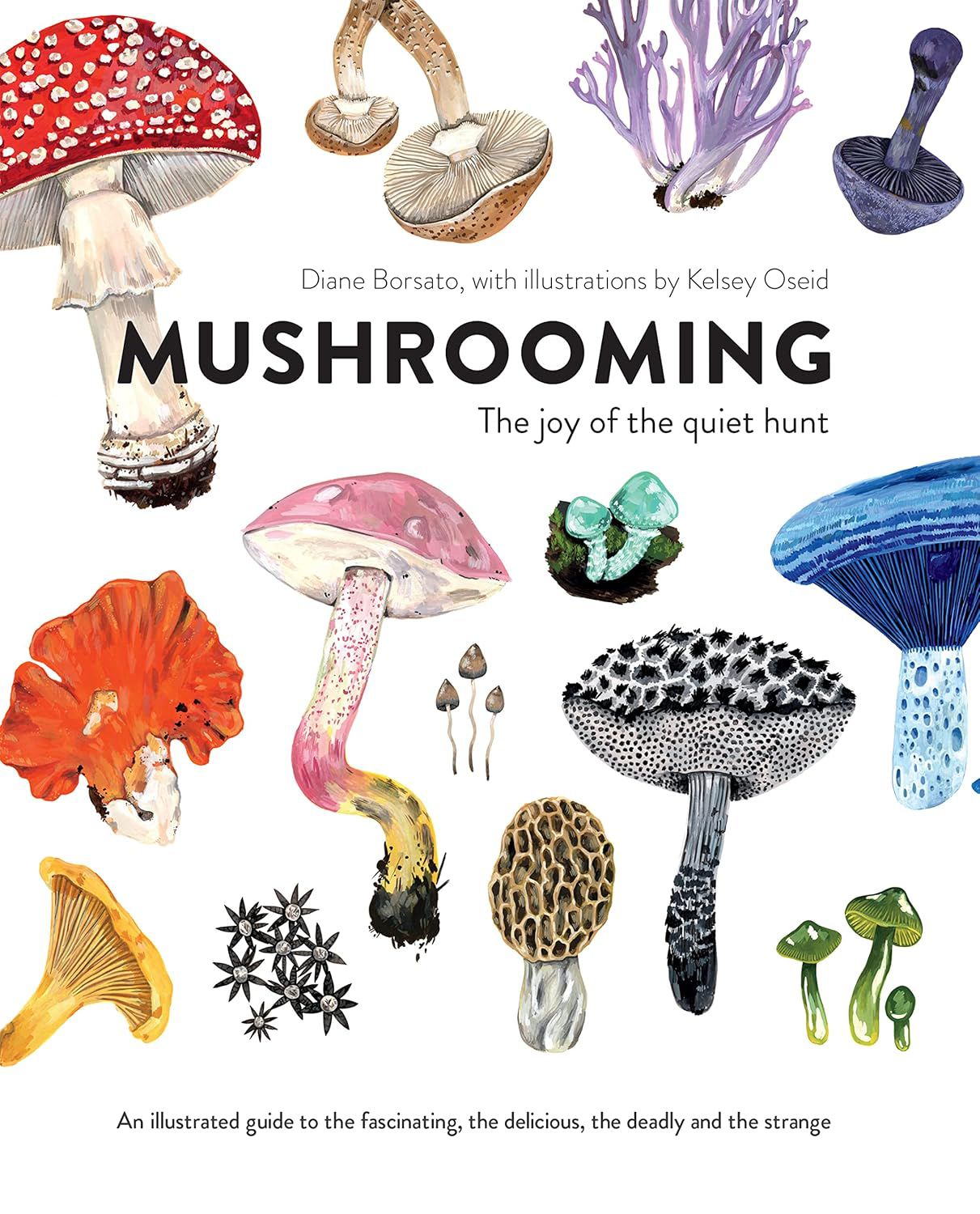

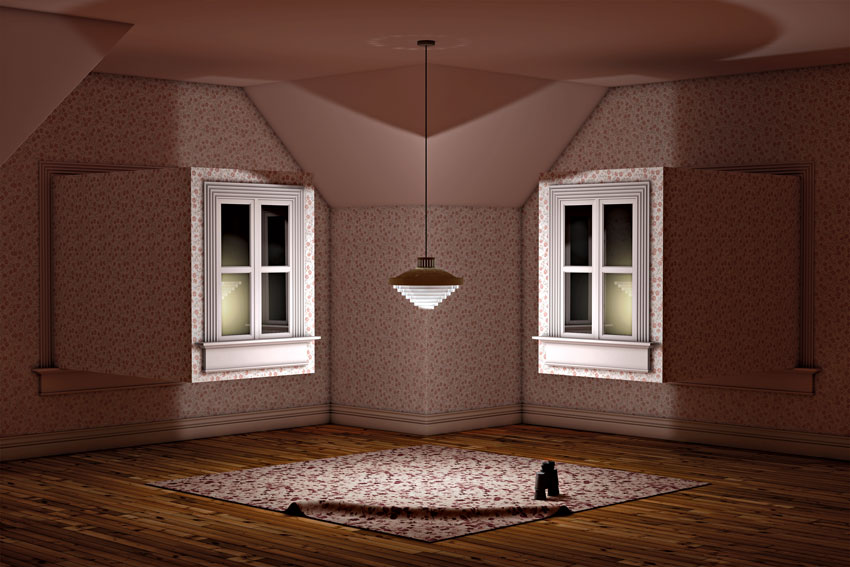
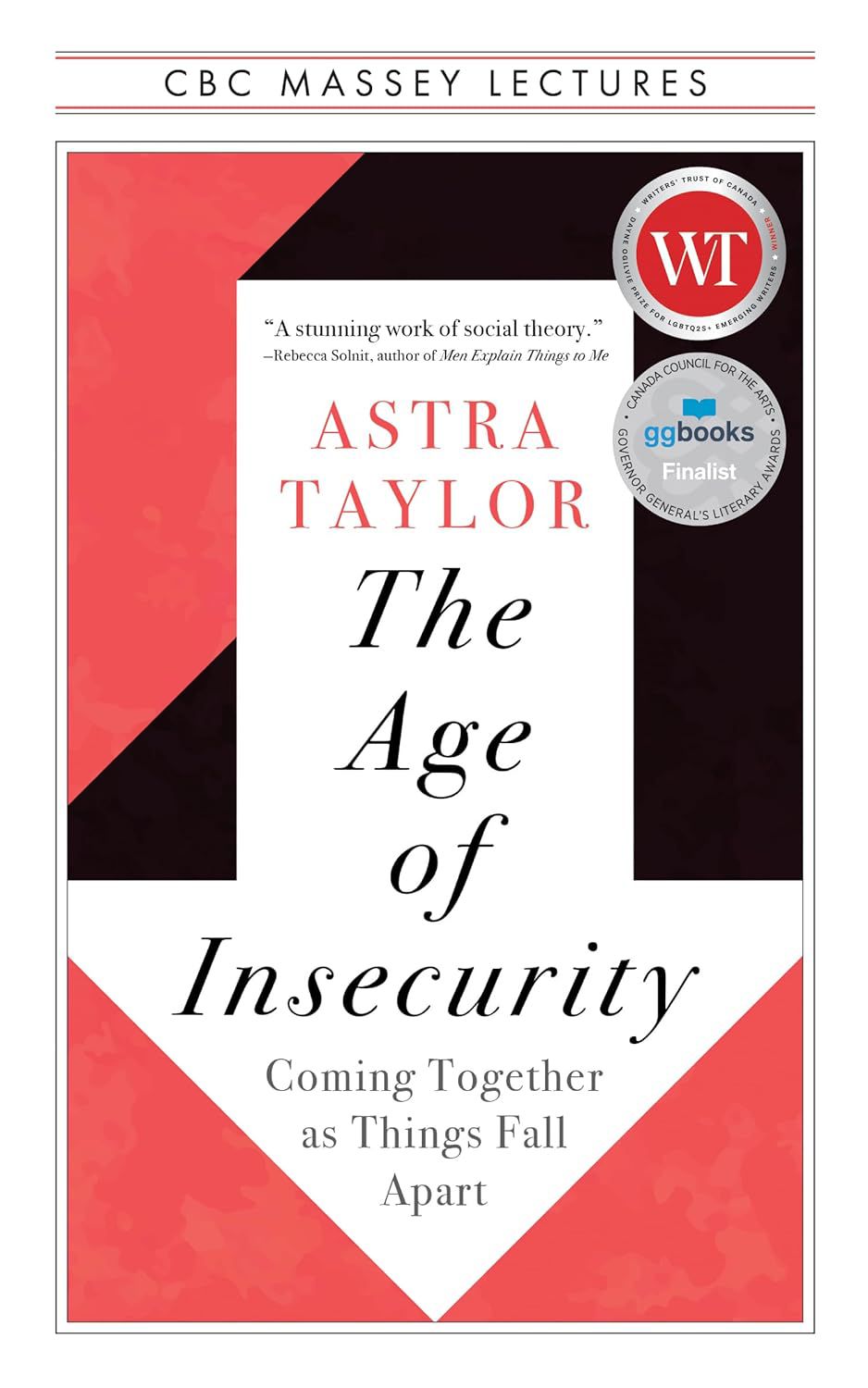
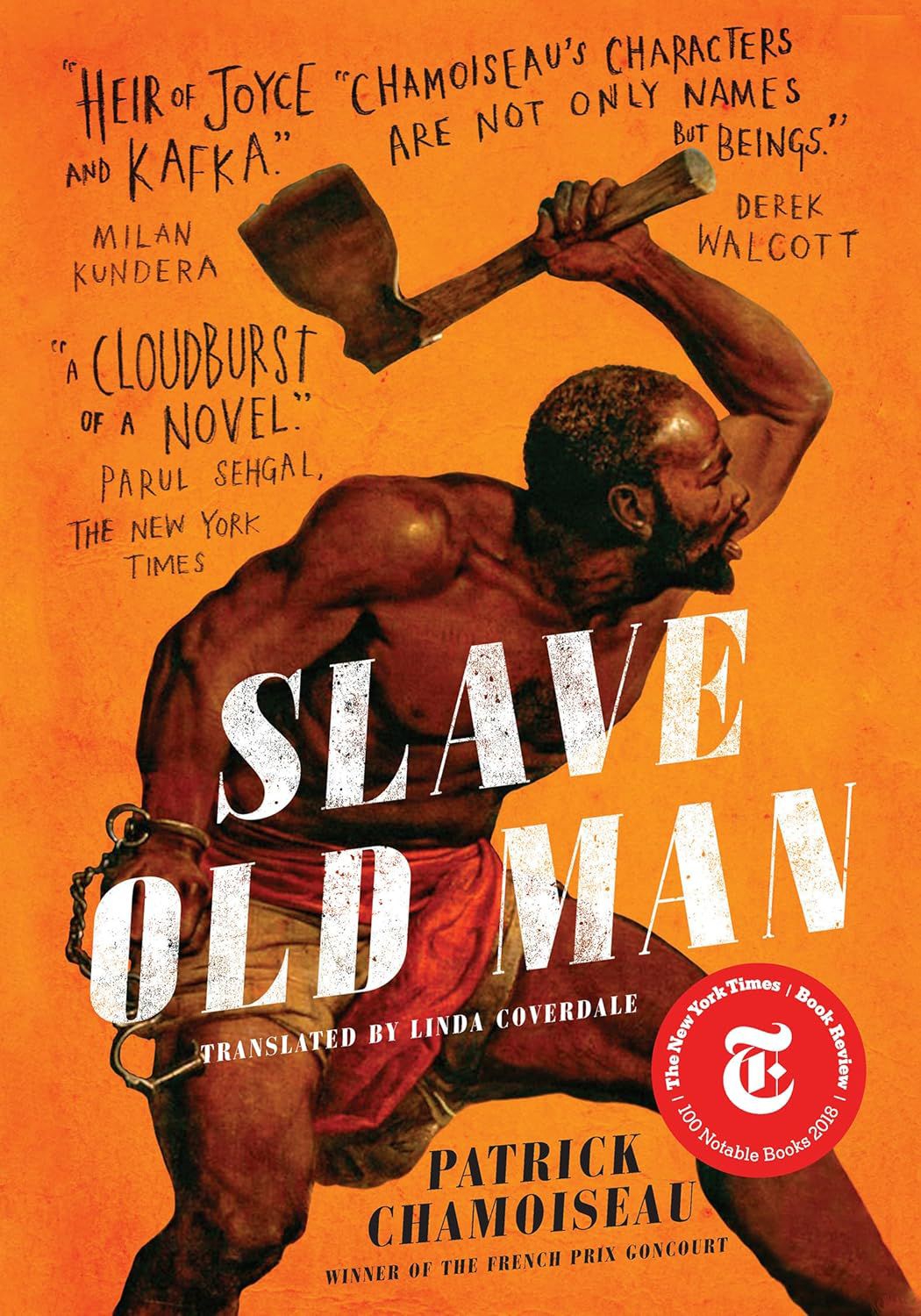
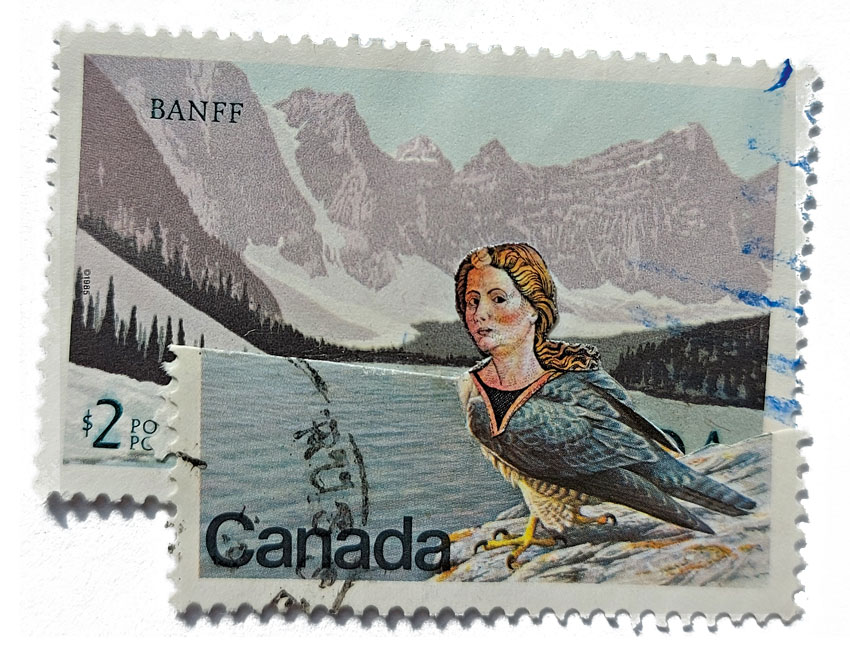

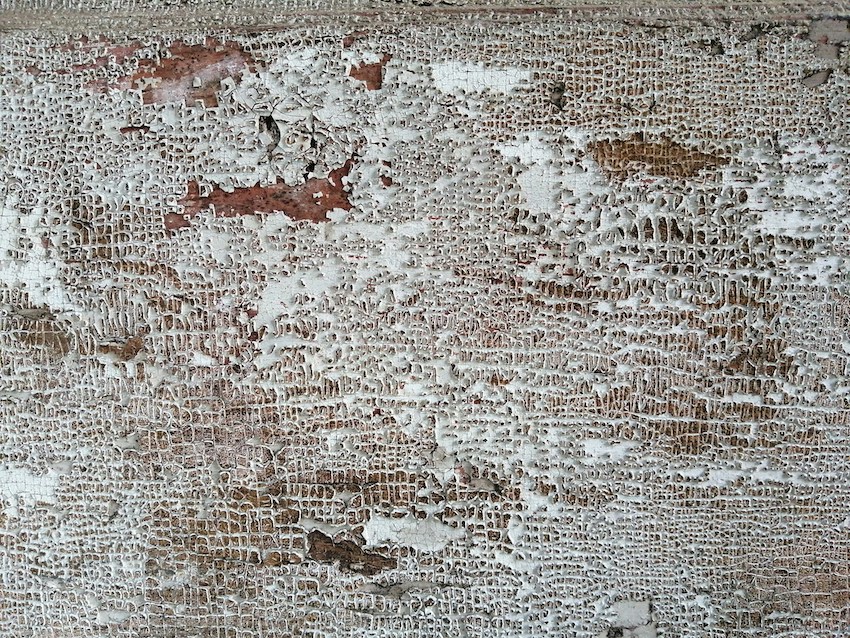








.jpg)